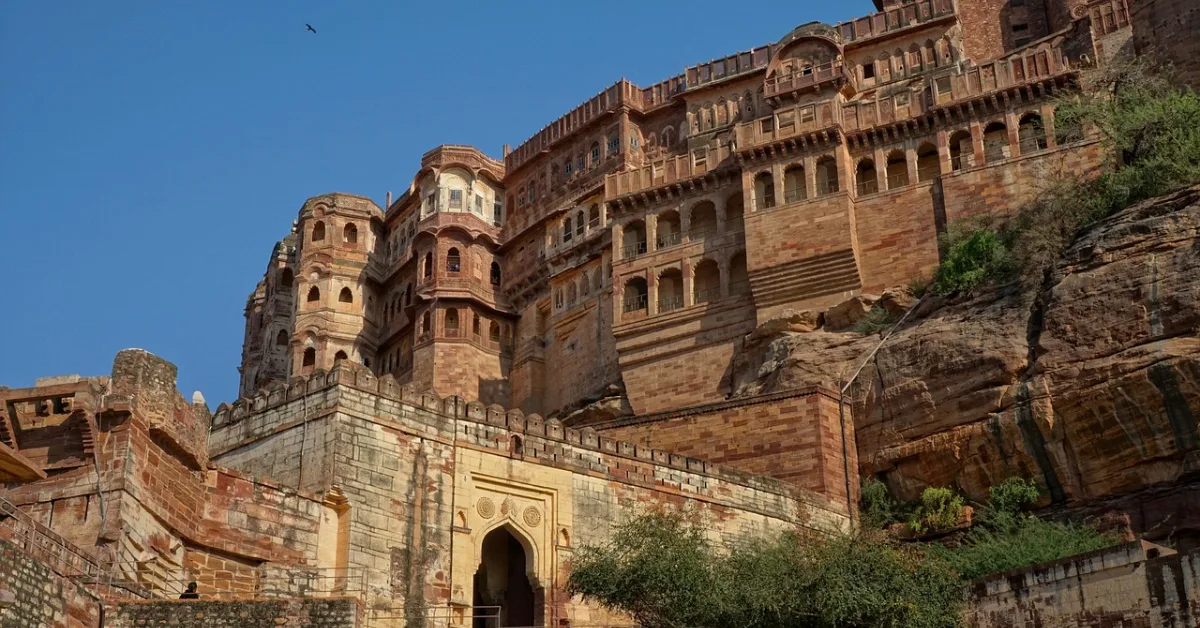History is one of the most important subjects for national-level examinations such as the SSC, CSE, UPSC, RRB, and similar exams. The majority of these competitive exams contain many questions from the History subject, making it an important topic to be familiar with to perform well. We have provided comprehensive notes on the important topics from Ancient history of India in this guide. We strongly advise all aspirants to review these notes during their preparations carefully.
Important Topics From Ancient History: Overview
Ancient History is one of those areas where questions often come directly from known topics. Whether you’re preparing for SSC CGL, UPSC, RRB, or state exams, having a strong grasp of these chapters can help improve your score.
- Prehistoric India – Understand the Stone Age periods, early human life, and the types of tools they used.
- Proto-Historic Phase – The in-between period that connects the prehistoric era to written records.
- Indus Valley Civilization – Learn about urban planning, trade, seals, and why the civilization declined.
- Vedic Age – Know the difference between early and later Vedic periods in terms of society, rituals, and political structure.
- Mahajanapadas – The rise of powerful kingdoms like Magadha and Kosala, and their role in early Indian polity.
- Religious Movements – Focus on Buddhism and Jainism their founders, teachings, and important councils.
- Mauryan Empire – Important rulers like Chandragupta Maurya and Ashoka, and how they shaped India’s administration.
- Post-Mauryan Dynasties – Shungas, Kushans, Satavahanas, and their contributions to art and trade.
- Gupta Empire – Called India’s “Golden Age” you should know about science, literature, and rulers like Chandragupta I and Samudragupta.
- Central Asian Invasions – Learn about invaders like the Huns and how they influenced Indian culture.
- South Indian Kingdoms – The Cheras, Cholas, and Pandyas during the Sangam Age and their contributions to literature and governance.
Prehistoric India
- Paleolithic Age (5 Lakh BC – 10000 BC)
- Mesolithic Age (10000 BC – 4000 BC)
- Neolithic Age (7000 BC – 1000 BC)
- Chalcolithic Age (2800 BC – 700 BC)
Check out Courses for All Govt Exams
Indus Valley Civilization (2500 BC – 1750 BC)
- Harappa: In 1921, Archaeologists John Marshall and Dayaram Sahni excavated the Harappa site in the Punjab region of Pakistan on the banks of River Rabi.
- Mohenjo-Daro: Another important site of the Indus Valley civilization was excavated on the banks of the river Indus in the Sindh region of Pakistan.
Vedic Culture (1500 BC – 600 BC)
- Early Vedic Culture (1500 BC – 1000 BC): Rig Veda was composed by Aryans who migrated from Central Asia during this period. They called India Sapthasindhu (Land of seven rivers).
- Later Vedic Culture (1000 BC – 600 BC): Yajurveda, Samaveda, Atharvaveda, and 108 Upanishads were written during this period. Castes and classes were also established, known as Varnas, during this time.
Emergence Of Janapadas and Mahajanapadas (6th – 5th century B.C.)
There were 16 Mahajanapadas, out of which five were more powerful than others, including
- Magadha
- Avanti
- Kashi
- Kosala
- Vajji
Religions
- Jainism: The Indian religion prescribed a path of non-violence towards all living beings. There were 24 Tirthankaras in Jainism. The first Tirthankara was Rishabdev, and Twenty fourth was Vardhaman Mahavira.
- Buddhism: It was founded by Gautam Buddha or Siddhartha, born in 563 BC and became a wanderer after seeing an old man, a sick man, a corpse, and an ascetic. Under the Pipal tree, he attained ‘Enlightenment’ at Gaya in Magadha (Bihar). He delivered the first sermon at Sarnath, where his five disciples had settled. He attained Mahaparinirvana at Kushinagar in 483 BC at the age of 80 In the Malla republic.
Dynasties
- Haryanka Dynasty (544-413 BCE): Bimbisara and Ajatashatru were famous kings
- Shishunaga Dynasty (413-345 BCE): Shishunaga and Kalashoka were famous kings. of
- Nandas (343-321 BCE): Mahapadma Nanda was the famous king.
- Mauryas (321 BC- 185 BC): Chandragupta Maurya, Bindusara, and Ashoka were famous kings.
- Guptas (240 BC- 550 AD)
Chandragupta Maurya
He became the king of Magadha with the help of Chanakya. Chandragupta introduced an organized revenue system and divided the empire into four provinces. During his last days, Chandragupta migrated to Sharavanabelagola with a Jain scholar (muni) and performed Santhara or Sanlekhan, i.e., fast unto death
Bindusara
Bindusara was the son of Chandragupta Maurya and Queen Durdhara. During his reign, the Maurya Empire saw significant expansion southwards.
Ashoka
He became the third king of the Mauryan dynasty after his father’s death, Bindusara. In 262 BC, eight years after his crowning, Asoka’s armies attacked and conquered Kalinga. The bloodbath during the war changed his life, and he started following Buddhism. He built the first major Buddhist monuments in India.
Post Mauryan Period (2nd century BC to 3rd century AD)
After Mauryans and before Guptas, it was the time of influx and influence of foreigners on India.
- Indo – Greeks: (Demetrius, Menader were famous kings) to attack India.
- Kushans: Kujul Kadhphises, Vema Kadphises, and Kanishka were their great kings who came to India. Charaka, a great medical scientist, was part of Kanishka’s court and wrote the first scientific book on medicine in India called Charaka Samhita.
- Satavahans: Simuka, Pulomavi, Gautamiputra, and Satakarni were famous kings. They introduced lead coins and promoted trade & commerce.
- Sangama: Harihara I and Harihara II controlled coastal Andhra between Nellore and Kalinga and conquered most of the peninsula to the south of the Krishna River.
Guptas
The Gupta period is the classical age” because of their progressive works in literature and culture.
- Srigupta – I (270 – 300 CE) established the Gupta dynasty with Pataliputra as its capital.
- Ghatotkacha Gupta (300 – 319 CE): He laid the foundation of the Gupta rule in India. He issued gold coins for the first time. His marriage alliance with Kshatriyas gave them social prestige as they were Vaishyas.
- Samudragupta (CE 335 – 375): Known as the ‘Napoleon of India’ by historian Vincent. A. Smith. was greatest amongst Guptas, a magnificent empire builder, and a great administrator.
Important Topics from Ancient History –FAQs
Ans. Yes, many factual questions are directly asked in Tier-1 and Prelims.
Ans. Paleolithic, Mesolithic, Neolithic, and Chalcolithic Ages.
Ans. Jainism – Mahavira, Buddhism – Gautam Buddha.
Ans. Napoleon of India – for his military conquests.
Ans. Charaka Samhita, on medicine.
- UPSC EPFO Vacancy Trend Analysis, 2025 and Before
- UPSC EPFO EO/AO vs UPSC APFC: Which Social Security Career Path Should You Choose in 2025?
- UPSC EPFO Notification 2025 Out for APFC, EO/AO Post
- UPSC Calendar 2026 PDF Out, Check All Exam Dates & Notifications
- UPSC EPFO Salary 2025, Pay Scale, Job Profile, Check Here
- UPSC Form Filling Format 2025, Get Latest Form Format in Detail

Hello, I’m a content writer working at Oliveboard. I focus on creating blogs, articles, and educational content that’s simple, clear, and saves time for readers. I believe in writing that adds real value without overcomplicating things. I also have strong knowledge of banking and government exams, which helps me create content that is both accurate and easy to understand. With experience and consistency, I aim to make preparation smoother for every learner.
